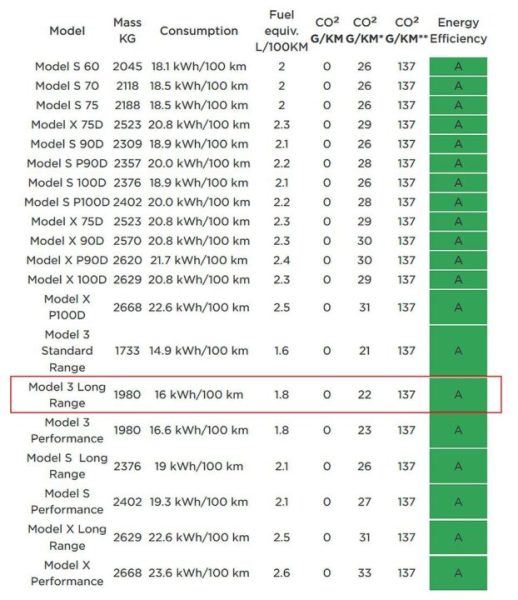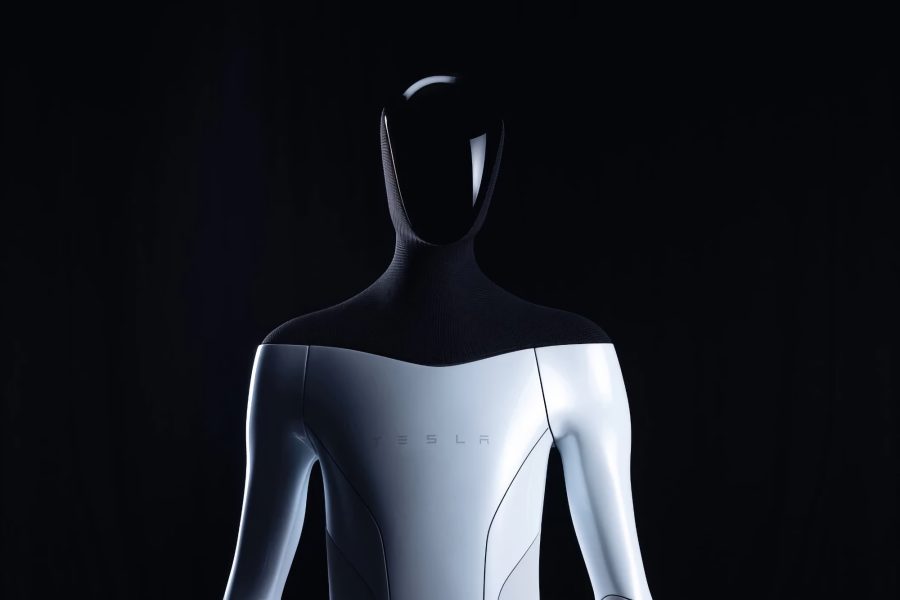
What are the losses when charging an electric vehicle from an outlet? Nyland vs ADAC, we complement
Content
In July 2020, Germany's ADAC published a report that showed the Tesla Model 3 Long Range consumes up to 25 percent of its supplied energy when charging. Bjorn Nyland decided to check this result and got figures that differ by more than 50 percent. Where do such inconsistencies come from?
Losses when charging an electric vehicle
Table of contents
- Losses when charging an electric vehicle
- Nyland vs ADAC - we explain
- ADAC measured real power consumption but took WLTP coverage?
- Bottom line: charging and driving losses should be up to 15 percent.
According to an ADAC study in which cars were charged from a type 2 outlet, the Kia e-Niro wasted 9,9 percent of the energy supplied to it, and the Tesla Model 3 Long Range a whopping 24,9 percent. This is a waste, even if the energy is free or very cheap.

Bjorn Nyland decided to test the validity of these results. The effects were quite unexpected. Low ambient temperature (~ 8 degrees Celsius) The BMW i3 spent 14,3 percent of its energy consumption, the Tesla Model 3 12 percent.... Taking into account the fact that Tesla slightly overestimated the distance traveled, the losses of the California car were even less and amounted to 10 percent:
Nyland vs ADAC - we explain
Why are there such large differences between Neeland's measurements and the ADAC report? Nyland offered many possible explanations, but probably left out the most important one. The ADAC, although the name referred to “loss during charging,” actually calculated the difference between the car computer and the energy meter.
In our opinion, the German organization has achieved unrealistic results, having borrowed some of the value from the WLTP procedure. - because there are many indications that this was the basis for the calculations. To prove this thesis, we will start by checking the power consumption and range in the Tesla Model 3 Long Range catalog:

The above table takes into account the version of the car before facelift, with a range of WLTP 560 units ("kilometers")... If we multiply the declared energy consumption (16 kWh / 100 km) by the number of hundreds of kilometers (5,6), we get 89,6 kWh. Of course, a car cannot use more energy than the battery has, so excess energy should be considered a waste along the way.
Real tests show that the useful battery capacity of the Tesla Model 3 LR (2019/2020) was around 71-72 kWh, with a maximum of 74 kWh (new unit). When we divide the WLTP value (89,6 kWh) by the real value (71-72 to 74 kWh), we find that all losses add up to 21,1 to 26,2 percent. ADAC gained 24,9 percent (= 71,7 kWh). While it fits, let's leave that number for a moment, come back to it again, and move on to the car at the other end of the scale.
According to the WLTP, the Kia e-Niro consumes 15,9 kW / 100 km, offers 455 units (“kilometers”) of range, and has a 64 kWh battery. Thus, we learn from the catalog that after 455 kilometers we will be using 72,35 kWh, which means a loss of 13 percent. ADAC was 9,9 percent.

ADAC measured real power consumption but took WLTP coverage?
Where did all these inconsistencies come from? We're betting that since the procedure was derived from the WLTP procedure (which makes a lot of sense), the range (“560” for Tesla, “455” for Kii) was also taken from WLTP. Here Tesla fell into its own trap: optimizing machines for procedures.expanding their ranges on dynamometers to the limit of reasons artificially whip up perceived losses that cannot be noticed in everyday life.
Typically, a car consumes from a few to a few percent of the energy when charging (see table below), but also Tesla's real ranges are lower than it would seem from the rising WLTP values. (today: 580 units for the Model 3 Long Range).

Losses when charging Tesla Model 3 from different energy sources (last column) (c) Bjorn Nyland
We would explain the good result of Kii in a slightly different way. Traditional car manufacturers have dedicated public relations departments and try to get along well with the media and various automotive organizations. ADAC probably received a brand new instance for testing. Meanwhile, there are regular news from the market that the new Kie e-Niro, when the cells just started to form a passivation layer, offers a battery capacity of 65-66 kWh. And then everything is correct: ADAC measurements give 65,8 kWh.
Tesla? Tesla doesn't have PR departments, doesn't try to get along well with media / automotive organizations, so ADAC probably had to organize the car on its own. It has enough mileage for the battery capacity to drop to 71-72 kWh. ADAC produced 71,7 kWh. Again, everything is correct.
Bottom line: charging and driving losses should be up to 15 percent.
The aforementioned Bjorn Nyland test, enriched with measurements by many other Internet users and our readers, allows us to conclude that total losses on the charger and while driving should not exceed 15 percent... If they are larger, then either we have an inefficient drive and charger, or the manufacturer is rummaging through the testing procedure to achieve the best ranges (refers to the WLTP value).
When conducting independent research, it is worth remembering that the ambient temperature affects the results obtained. If you warm up the battery to the optimum temperature, the losses may turn out to be even less - our Reader gained about 7 percent in the summer (source):

It will be worse in winter because both the battery and the interior may need to be heated. The charger meter will show more, less energy will go to the battery.
Note from the editors of www.elektrowoz.pl: it should be remembered that Nyland measured total losses, i.e.
- energy lost by the charging point
- the energy consumed by the car charger,
- energy is spent on the flow of ions in the battery,
- "Losses" due to heating (summer: cooling) of the battery,
- energy is wasted during the flow of ions when transferring energy to the engine,
- the energy consumed by the engine.
If you take a measurement while charging and compare the results from the charging point meter and the car, then the losses will be less.
Initial photo: Kia e-Niro connected to the charging station (c) Mr Petr, reader www.elektrowoz.pl
This may interest you:
